Garden plant landscape design: various types of green plant design

The main landscape elements of a garden are: main entrance, garden paths, water bodies, buildings, etc. Different elements correspond to different landscape requirements, so the plant configuration near different elements also needs to be designed according to actual needs.
Main entrance plant design
1. The main entrance is people’s first impression of the park and reflects the overall style and image of the park. The plant design can be flexibly changed according to the design of the main entrance.
2. If the main entrance is a hardscape, then plants are usually used as the background. Choose plants with soft colors and ordinary shapes to set off the main scenery;
3. The main entrance with a long foreground rhythm generally uses the method of planting in rows to create a sense of ceremony, and uses different plant varieties to set off the corresponding atmosphere;
4. For the main entrance that is divided into a green island, the focus is on creating the characteristic atmosphere of the green island.
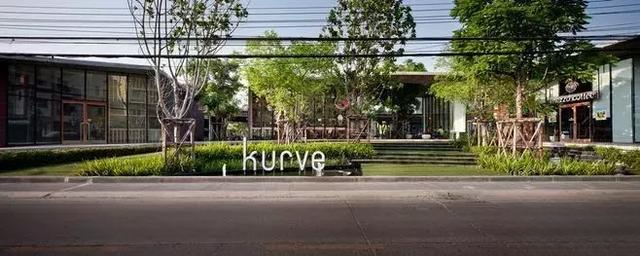
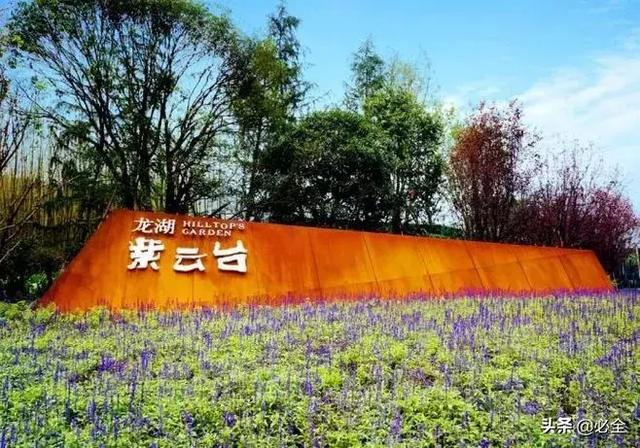
Garden path plant design
1. The design of garden path plant landscape should pay attention to the guiding and marking functions of plants, and form a lane landscape in the form of row planting or often arrange plants at the entrance, end, intersection, turning point and other locations of the garden path to form opposite scenery, barrier scenery, etc., which become the focal landscape.
2. The configuration of the main roads in the park should form a certain momentum and atmosphere, requiring a clear and open view and conducive to traffic. Regular planting is often used on both sides of the flat and straight main roads. It is best to plant ornamental trees and use flowering shrubs as undergrowth to enrich the colors in the garden. When there are beautiful buildings in front of the main road as a contrast, the plants on both sides can be densely planted to highlight the main scenery of the building. The entrance is often planted in a regular manner to emphasize the atmosphere. The winding garden roads should not be planted in rows, but should be planted in a natural manner. The plant landscape along the road should be visually blocked and open, sparse and dense, high and low. There are lawns, flower fields, shrubs, bushes, isolated trees, and even water surfaces on the landscape. Hillsides, architectural sketches, etc. are constantly changing.
3. As the walking speed of secondary trunk roads and tourist trails is relatively slow, the plant landscape should focus on creating details, reflecting the matching of plant texture and color, and at the same time, combined with the shape and terrain of the road, visually achieving some obstructions, some openings, some sparseness, some density, some heights, and some lownesses. The planting on both sides of secondary roads and small roads can be more flexible and diverse. As the roads are narrow, some only need to plant trees and shrubs on the side of the road to achieve the effect of both shading and flower viewing, such as planting small-leaved banyan and hibiscus, or large shrubs or small trees with arched branches such as hydrangea, Taiwan acacia, oleander, etc., planted on the roadside to form an archway, which is full of wildness for tourists to walk under. Some are planted in multi-layer mixed communities, which feel very deep.
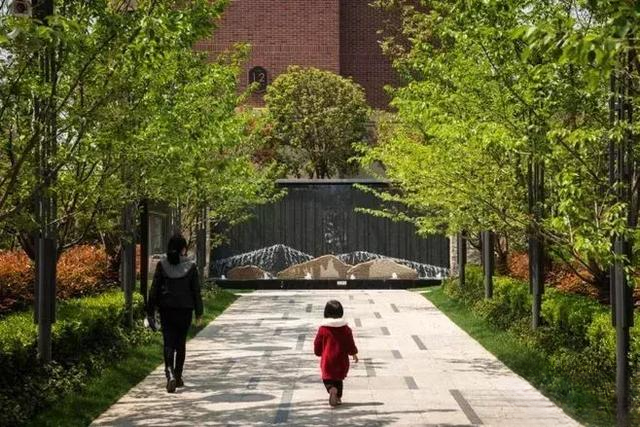

Water Plant Design
1. Waterside: It is better to plant in groups rather than alone. Avoid placing all plants on the same horizontal plane. Attention should be paid to the changes in the canopy line to make the plants staggered in height and well-proportioned in density. Leave perspective lines between the trees to guide people to the waterside to appreciate the open water view and the landscape on the opposite bank. Enrich the line composition to increase the reflection effect.
2. Revetment: Stone revetments can be bordered with flowers and plants or landscape stones can be used to arrange flowers and trees to break the hard texture of the revetment and soften its lines; the plants on the earth bank should be arranged in combination with the terrain, roads, and coastline to achieve a layout that is far and near, sparse and dense, discontinuous and continuous, winding, and natural and interesting.
3. Water surface: The plants on the water surface should echo the waterside landscape and be lower than the human line of sight. The viewing effect is better under the reflection in the water. The area is generally divided into shallow water, medium water and deep water. Usually the center is a deep water area, and gradually to the shore are medium water, shallow water and marsh and wetland plant areas. Because many aquatic plants are not easy to overwinter in the north, in order to facilitate the management of aquatic plants, it is best to set up planting troughs in the water when planting, so that the update and setting can be planned. Aquatic canna, wetland pine, floating leaf pondweed, bamboo leaf pondweed and other plants are often used to cover and stabilize the soil, thereby inhibiting the erosion of rainwater on the revetment. According to the size of the water surface, choose aquatic plants of appropriate size to plant along the coast or in the middle of the water in clusters or pieces. Avoid covering the water surface or planting a circle along the coast. Leave enough water surface in a limited space to display the reflection in the water and swimming fish.
4. Bridge: The plants at the bridge head are mainly configured in the form of guide trees. For smaller bridge heads, herbaceous aquatic plants can be used instead of guide trees. At the same time, attention should be paid to the facade outline formed by the combination of the bridge and the plants.
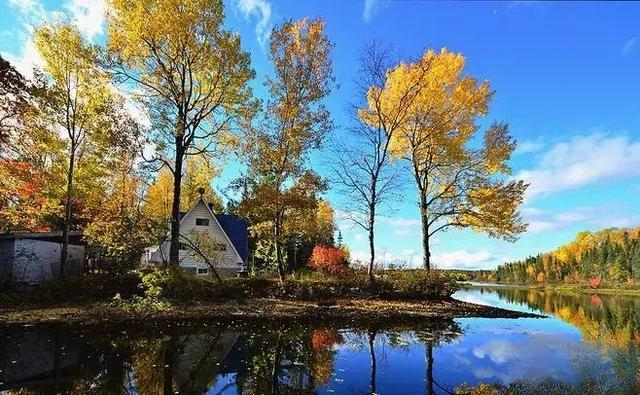
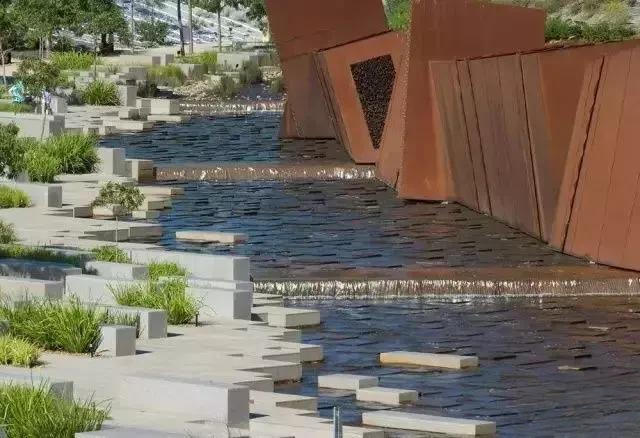
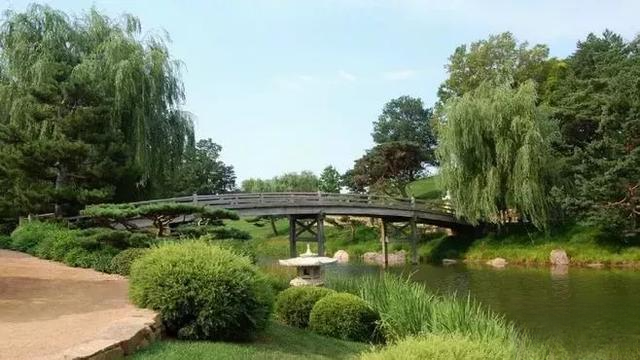
Plant design around buildings
Buildings and plants, one hard and one soft, one tense and one relaxed, have different textures and compositions, forming a sharp contrast; but as basic elements in landscape composition, the two are more complementary and mutually beneficial. Plants around buildings are not just a foil for buildings and passive planning projects, but should be a unified landscape that interacts with them.
1. Planting at the building foundation: The impact of light on plants should be considered. The plant sites should not be too close to the building and should not block the building facade too much.
2. Building entrance: Plants should not affect the normal flow of people, and can create a distinct configuration to strengthen the sign. Plants can enrich the architectural composition, increase vitality and vitality, soften the geometric lines of the hard structures at the entrance, increase the depth of field, expand the field of vision, and extend the space.
3. Building corners: Corners are generally hard and can be softened and beautified by plants.
4. Building windows: Windows can be used as a frame material. Sitting indoors, looking at the plants arranged in the window frame is like a vivid picture. Since the size of the window frame is fixed, the plants are constantly growing. As they grow, their volume increases, which will destroy the original picture. Therefore, plants that grow slowly and do not change much should be selected. Greening in front of the window should take into account factors such as lighting, visual interference, and ventilation. Low flowering shrubs should be planted near the window, and large trees can be planted 5 meters away from the window.
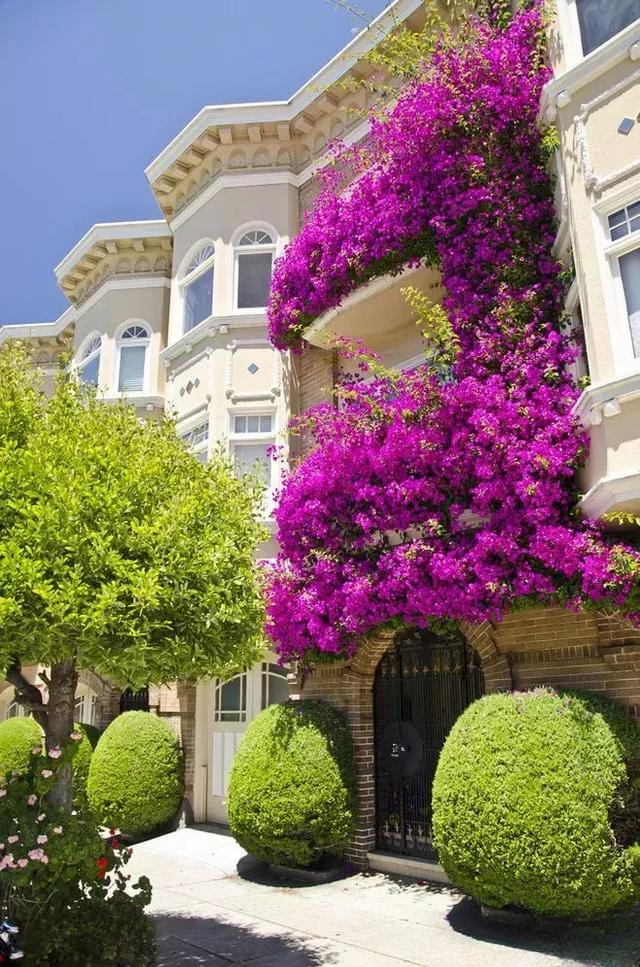
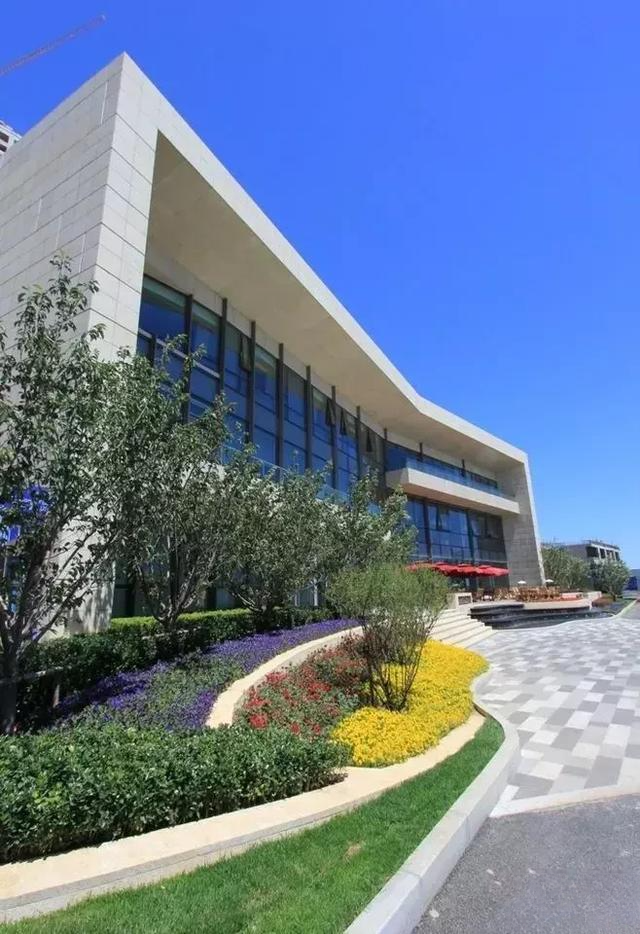

Private Garden
Characteristics of green space: small spatial scale.
Plant function requirements: create privacy; create a good atmosphere; meet residential function needs.
Commonly used planting design techniques: detailed plant groupings and flower borders.
Plant configuration requirements:
1. Choose varieties with good meanings;
2. Pay attention to details;
3. Pay attention to the Feng Shui points when planting plants;
4. Pay attention to the facade matching.
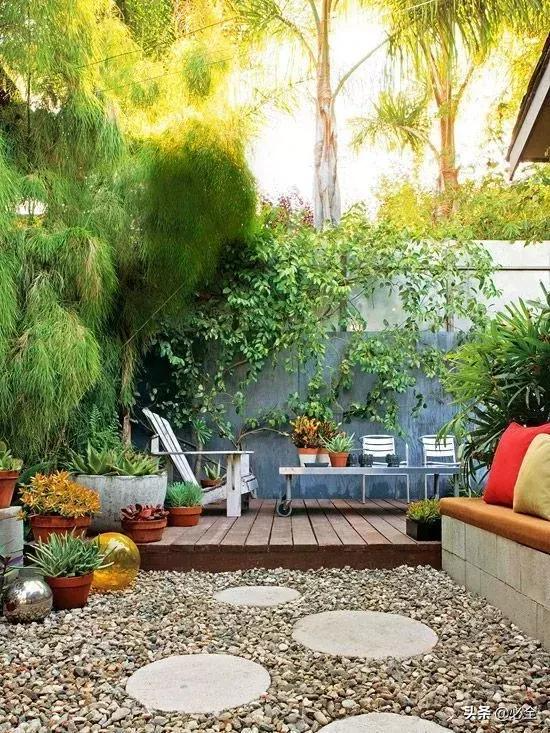
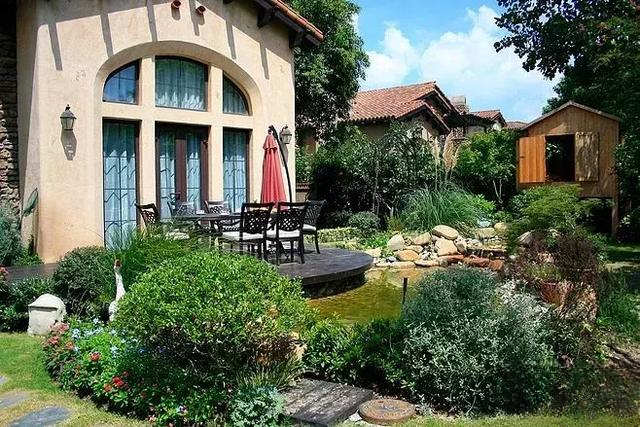
Comprehensive park green space
Green space characteristics: large space scale, more functional divisions. The plants in this type of square are mainly arranged in a peripheral manner, with hard paving or soft tread-resistant lawn paving in the center as the venue. The sight line in the square is clear, and the plant landscape of the square is usually regular or natural.
Plant functional requirements: Different zones should be considered differently to meet the requirements of each zone, such as the entrance area is required to reflect the characteristics of the park, the quiet rest area is required to create privacy, and the sports activity area requires shade in summer.
Commonly used planting design techniques: combining multiple techniques and planting in large areas.
Park plant configuration principles:
1. Comprehensive planning, highlighting key points, combining long-term and short-term plans;
2. Pay attention to the variety matching and highlight the characteristics of the park;
3. Fully meet the functional requirements of the park;
4. Four-season landscape and specialized gardens are the highlights of plant landscaping;
5. Make full use of existing tree species;
6. Increase plant species as much as possible to promote biodiversity;
7. Choose non-toxic and thornless plants to ensure the safety of visitors.
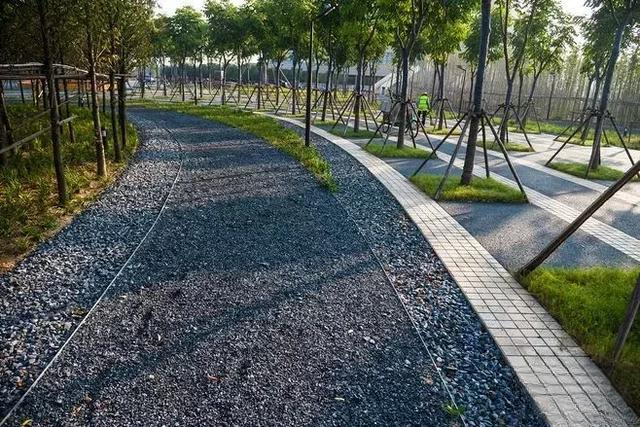
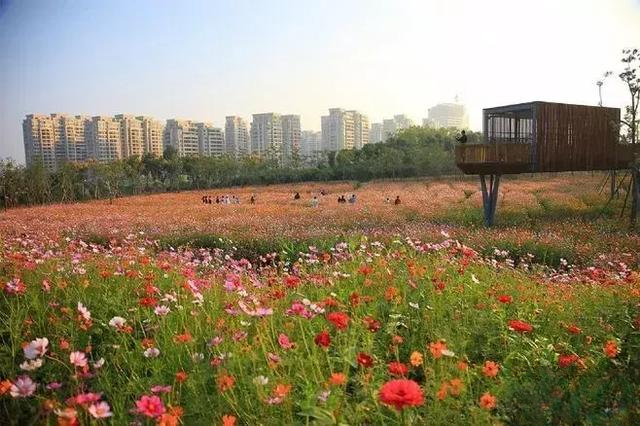
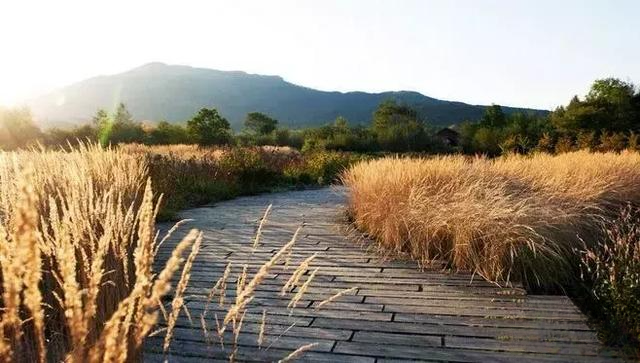
Factory Park and Surroundings
Characteristics of green space: limited growing area, compact land use, and small greening area.
Plant function requirements: beautify the environment, cultivate mood; improve ecological conditions and create certain economic benefits.
Commonly used planting design techniques: mainly simple and neat planting forms, such as row planting, hedge planting, cluster planting, and forest planting.
Plant selection requirements:
1. Pay attention to the selection of anti-pollution plants;
2. Choose varieties that are easy to cultivate and maintain;
3. When configuring, pay attention to meeting the environmental requirements of different production processes.

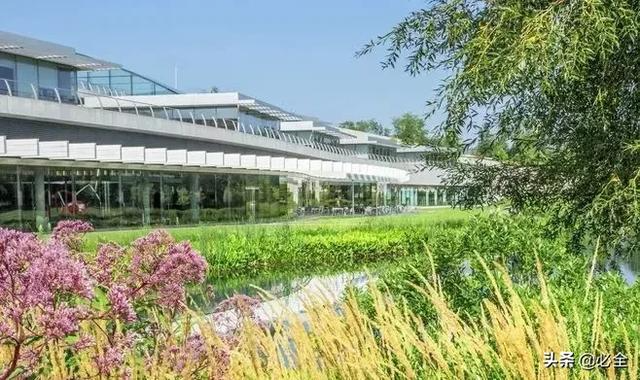
Municipal roads
Municipal roads are divided into expressways, main roads, secondary roads, branch roads and other types.
Plant function requirements: shade planting, shelter planting, decorative planting, and ground cover planting.
Plant design principles:
1. Road green space should be compatible with the nature and function of urban roads;
2. People-oriented, in line with people's behavioral laws and dynamic visual characteristics;
3. Coordinate with other streetscape elements;
4. Consider the urban regional characteristics and greening maintenance level.
Commonly used planting design techniques: row planting, dense forest, strip planting, and natural grouping.
Plant selection requirements:
1. Fully consider the stress resistance and adaptability of plants, and select plants with stable growth and high ornamental value;
2. Street trees should be deep-rooted, high-branched, and have large crowns and dense shade.
3. Choose flowering shrubs and ground cover plants that have lush branches and leaves, few diseases and pests, and are easy to prune and manage.
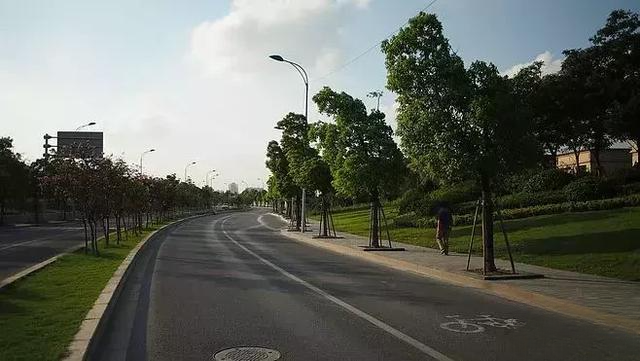
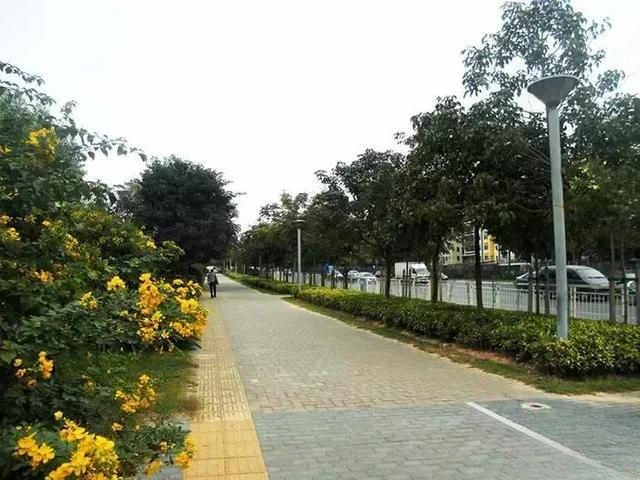
The article comes from the Internet